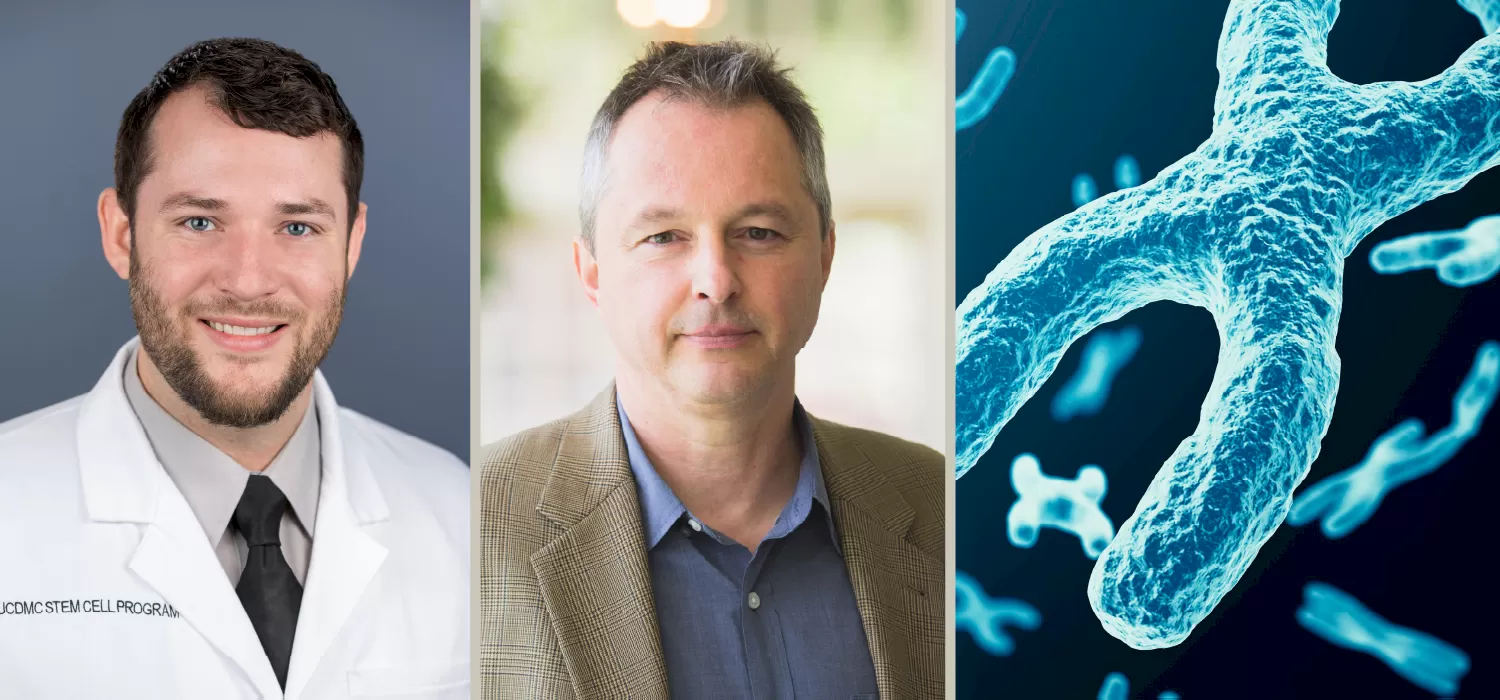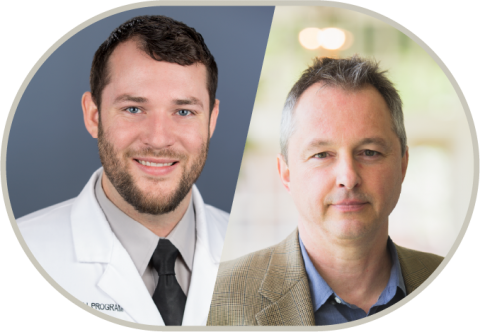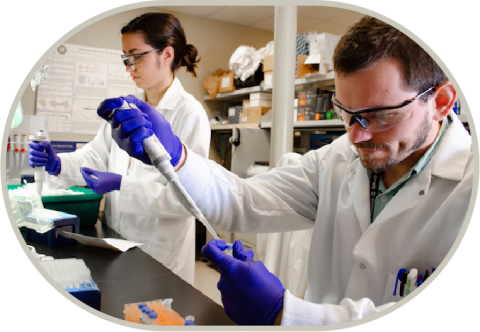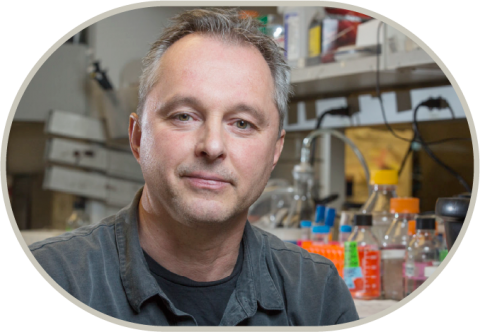New Collaboration Intensifies Effort to Cure Rett Syndrome by Reactivating MECP2

The Rett Syndrome Research Trust has awarded $1.1 million dollars to a new collaboration taking aim at the root cause of Rett Syndrome. Antonio Bedalov, MD, PhD, Professor at Fred Hutchinson Cancer Research Center, and Kyle Fink, PhD, Assistant Professor in the Neurology Department and Institute for Regenerative Cures at UC Davis, will be using cutting-edge tools to figure out how to reactivate the healthy copy of MECP2 in individuals with Rett.
“The key was our first meeting through RSRT,” says Bedalov. “RSRT had an MECP2 Reactivation Consortium where I learned about Kyle’s work and Kyle got to learn about what we were doing. It became clear that we could complement each other’s strengths in a synergistic way, and that led to developing this project together.”
“We can work collaboratively in terms of what we learn in the human cell lines,” says Fink, “And what Toni sees in the mice models he’s created. It fits together extremely well.”
Rett Syndrome is caused by a mutation in one copy of the MECP2 gene, which is located on the X chromosome. In females every cell has two copies of the X chromosome. In any individual cell however, only one X chromosome and, therefore, only one copy of MECP2, is turned “on” and used to make protein. In individuals with Rett, some cells use the X chromosome with the healthy copy of the gene and some use the X chromosome with the disease-causing mutation.

Kyle Fink, PhD & Antonio Bedalov, MD, PhD
“Mutations in MECP2 in females result in mosaicism: there are healthy cells that have the healthy copy of MECP2 on and the mutant copy off, but in other cells, the opposite is happening, the mutant copy is on with the healthy copy off,” explains Fink. “Our approach, along with Toni, is to go in and reactivate the healthy copy in those cells.”
Their strategy combines two approaches to modify the epigenome – molecules on DNA that turn genes on and off. The first approach is to reduce the amount of Xist, a special kind of RNA molecule that coats the inactive copy of the X chromosome, keeping it turned off. The other is to use a modified version of CRISPR technology to hone in specifically on the MECP2 gene, removing a different kind of epigenetic mark from the DNA to turn the gene back on. Dr. Fink brings expertise from success reactivating a different gene on the X chromosome, and will investigate turning the healthy MECP2 copy back on in cells derived from individuals with Rett. Dr. Bedalov, an expert in chromatin regulation and disease modeling with mice, has created, with RSRT funding, a Rett model mouse specifically to look at reactivation of MECP2, and will test the same tools in this mouse, translating results from isolated cells into whole animals.

Casiana Gonzalez, a CIRM Bridges student, and Julian Halmai, PhD from the Fink lab.
RSRT first identified MECP2 reactivation as a curative strategy for Rett more than a decade ago. “I remember the exact moment when I was talking to Adrian Bird shortly after his landmark experiment showing that Rett symptoms are reversible in mice,” says RSRT Founder & CEO Monica Coenraads. “And he said, ‘You know, there’s a back-up copy of MECP2 in every cell, all we have to do is turn it on’. Of course the devil is in the details and turning on the back-up copy is not a simple thing to do.”
RSRT started by funding researchers to screen for drugs that might turn the healthy copy of MECP2 back on. Toni was part of that effort along with others including Ben Philpot, Michael Green, Jeannie Lee. But the drug candidates weren’t effective or safe enough.
Now, emerging tools are opening up novel possibilities. “We also have a better understanding of the biology of X-chromosome inactivation,” says Bedalov, “And we have built excellent experimental tools, including cell lines and mouse models that let us really test our success at MECP2 reactivation. It’s exciting to see therapeutic approaches based on reactivating healthy copies of genes that were turned off becoming a reality, as we see in the successful clinical trials for sickle cell disease.”

Antonio Bedalov, MD, PhD
If it works, reactivating MECP2 may have benefits over traditional gene replacement.
“Rett is a disease where it is very important to get the gene dosage right,” say Bedalov. “In gene therapy, you add a new copy of a gene and hope that it makes a lot of protein. But for MeCP2, having too much is nearly as harmful as having too little. Getting the right dose is tricky. This approach helps get the dosage right.”
“With epigenetic editing,” says Fink, “We don’t force a high level of gene activity. Instead, we’re just releasing the gene to function like it would if it were the copy that was turned on. The cell has natural ways to regulate the amount of protein for normal genes, so we don’t have to worry about getting such a high level of protein that it’s actually harmful. It’s a high risk project, but if it works it will have a high reward.”
Drs. Bedalov and Fink will be providing a progress update on their research via a webinar hosted by RSRT on June 18th.
REGISTER FOR WEBINAR


